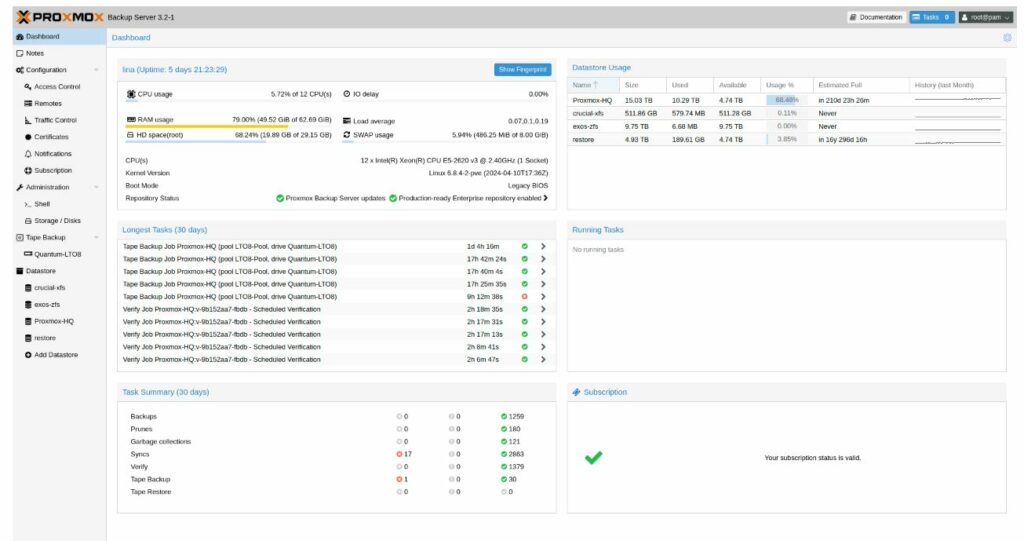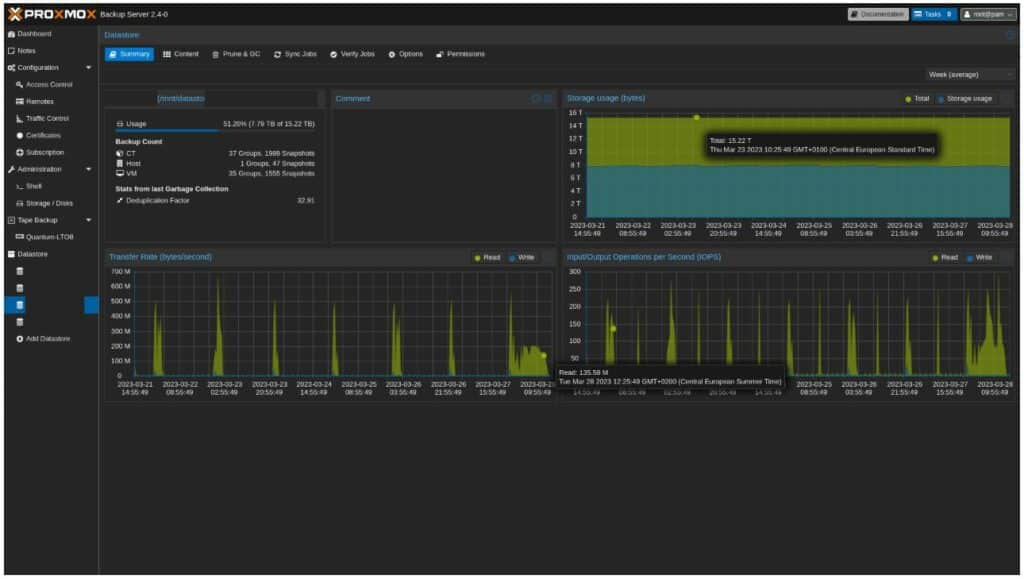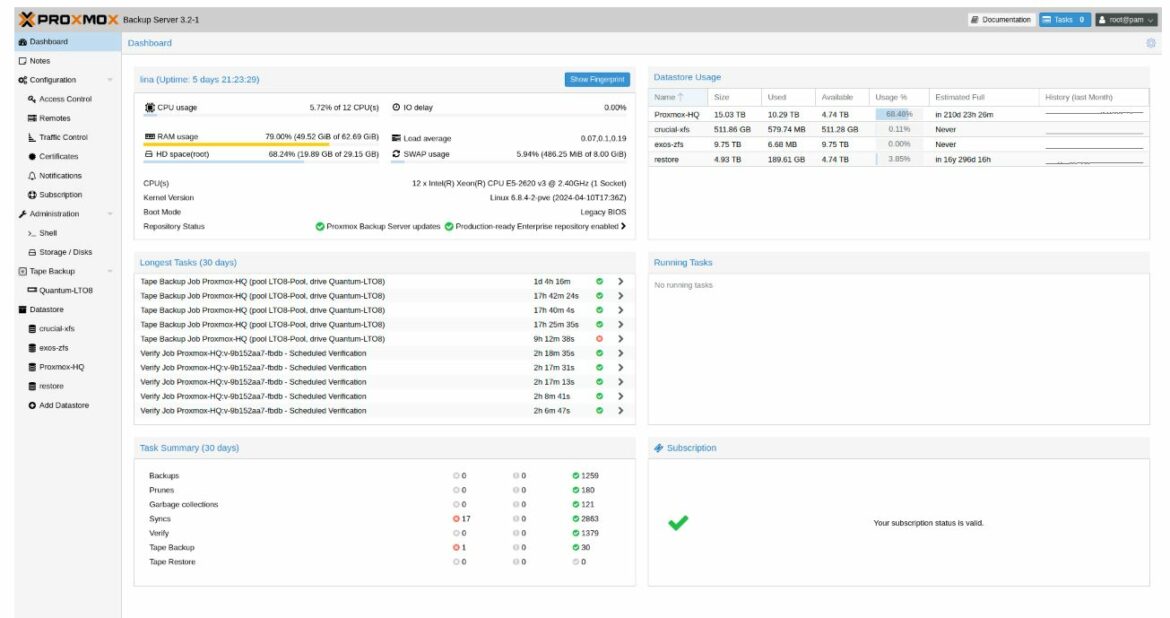Proxmox Backup Server 3.2 has been released – open-source solution designed for backup of VMs, containers, and physical hosts.
Proxmox Server Solutions has released version 3.2 of its Proxmox Backup Server, an open-source solution designed for enterprise-level backup of VMs, containers, and physical hosts. This version adds enhancements such as incremental backups, deduplication, Zstandard compression, and authenticated encryption, improving overall security and efficiency in data handling.

Proxmox Backup Server 3.2 Highlights
A new Advanced Notification System is among the key enhancements in Proxmox Backup Server 3.2. This sophisticated notification framework allows for detailed control over alert routing. Users can now define specific targets for notifications, such as local Postfix MTA, Gotify servers, or remote SMTP servers with optional SMTP authentication. This system uses matcher-based rules to decide which events trigger notifications to these targets, providing tailored alert management that is precise and flexible.
An automated and unattended installation feature has also been added. The new ‘proxmox-auto-install-assistant’ facilitates the seamless backup server setup on bare-metal systems without manual intervention. Using an answer file containing all necessary configurations, installations can be executed from the ISO, a USB flash drive, or over the network. This automated process is crucial for deploying large-scale infrastructures, ensuring consistent configurations, and reducing setup errors.

Version 3.2 also adds enhanced backup group management, allowing users to exclude specific backup groups from sync and tape backup jobs. This feature allows for more granular control over backup content, optimizing storage and resource use by focusing on essential data.
Moreover, a new tab in the “Datastore” summary panel provides a snapshot of all prune and garbage collection jobs across datastores. This visibility helps ensure that datastores are regularly maintained and prevents overlapping maintenance tasks that could overburden hardware resources.
Proxmox Backup Server 3.2 integrates smoothly with Proxmox Virtual Environment, allowing it to serve as a backup target within the Proxmox VE setup. This integration ensures that users can manage backups within the same infrastructure used for their virtual environments.
Proxmox Backup Server 3.2 General Backend Improvements
On the backend, Proxmox Backup Server 3.2 includes a new command in the proxmox-backup-manager that lists the garbage collection job status for all datastores, adding to the existing commands for prune and verify jobs. This version also enhances system stability by avoiding race conditions during TFA login and improving the routine that checks whether a block device is a partition. Another improvement is more rigorous checks when transitioning from and to maintenance modes, ensuring system integrity.
In addition, the backend now supports more flexible group filters for sync and tape backup jobs. Users can specify which backup groups should be included or excluded, thus providing finer control over the backup process. Error reporting has also been improved, particularly in handling backup group ownership errors.
Proxmox Backup Server 3.2 includes minor changes to refine the user experience and system performance. For a complete list of all updates, please refer to the release notes on the Proxmox website.
Proxmox Backup Server 3.2 Availability
The software is now available for download from the Proxmox website. It can be installed via an ISO on bare metal or as an upgrade from previous versions using APT. It can also be installed on Debian systems.
Proxmox Backup Server remains free and open-source, published under the GNU AGPLv3. For enterprises, Proxmox offers a subscription-based support model, which includes access to an extensively tested enterprise repository, regular updates, and professional support covering unlimited backup storage and clients. This model ensures that enterprises have the support necessary to manage their backup solutions effectively.
Engage with StorageReview
Newsletter | YouTube | LinkedIn | Instagram | Twitter | Facebook | TikTok | RSS Feed

